7 Criminally Under-Seen Indies of 2019
You may have missed these movies in theaters. Now, it's time to see them.
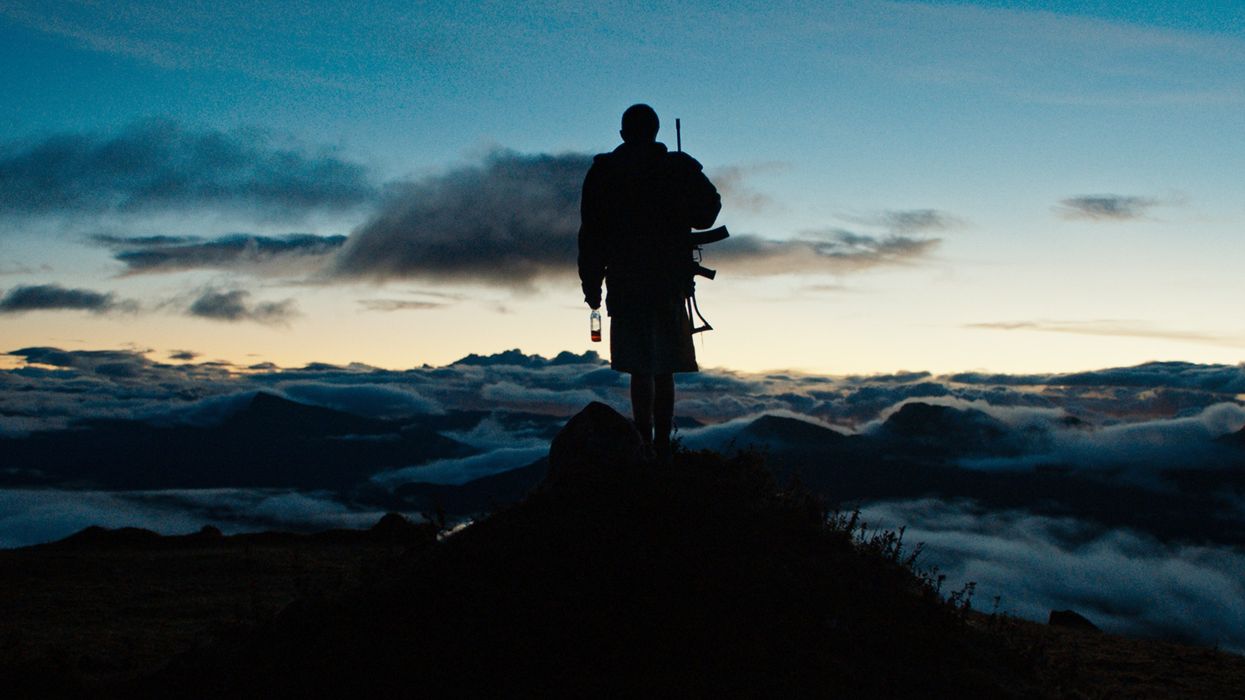
Indie releases are extremely finicky. They involve the perfect confluence of unpredictable elements, from buzz out of a festival to an ironclad marketing strategy, and even good weather on the film's opening weekend. Too often, the best cinema gets lost in the din of big-budget spectacles.
The following seven films were some of the finest released last year. Too few people saw them. They weren't underrated, per se; most were generally critically acclaimed and did well on the festival circuit. Despite the accolades, though, some of these films grossed as little as $700,000 at the box office. Others enjoyed a healthier domestic run, but still failed to crack even the top 150 list of best-grossing films this year. As we await Sundance and the rest of 2020's highly-anticipated releases, now's the time to give these films their deserved attention.
Read our criminally under-seen lists from 2018, 2017, and 2016.
1. The Last Black Man in San Francisco
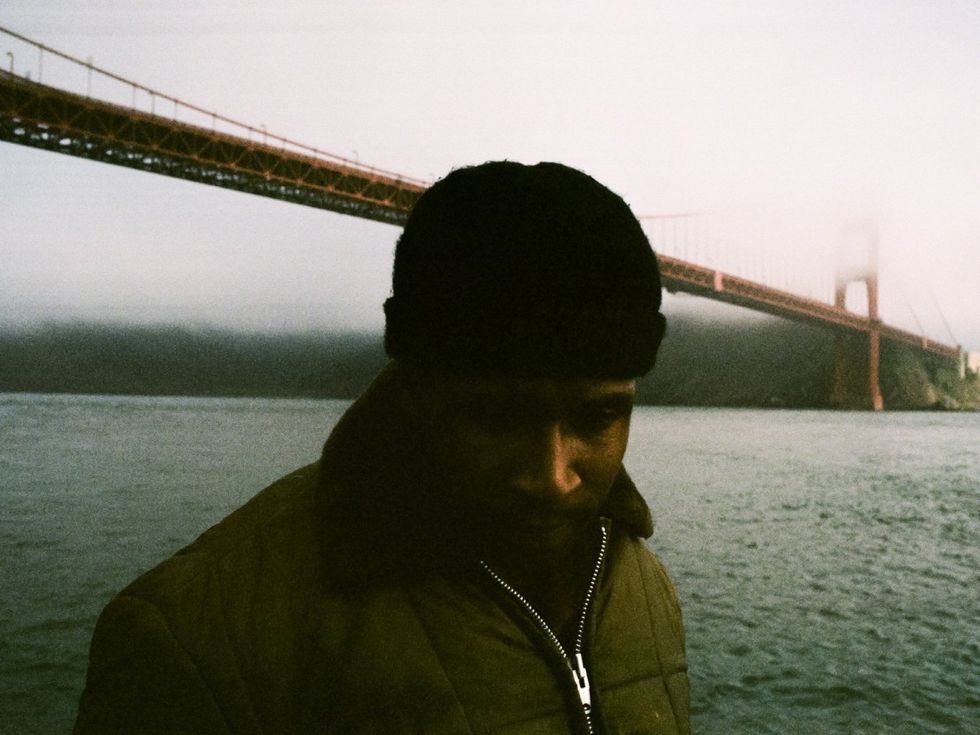
The Last Black Man in San Francisco is one of those exceedingly rare feature debuts that makes you believe in the power of cinema all over again. Director Joe Talbot and co-writer Jimmie Fails had never stepped on to a film set—let alone read a screenplay—when they started throwing around the idea of turning Fails's life experiences into a movie. They wrote the script "out loud" in Talbot's parents' house as a conglomeration of lived-in memories of San Francisco, and the creative synergy resulted in an exquisite film that feels like a fable for the modern age.
Fails himself assumes the starring role as Jimmie, a young black man who is being forced to the toxic edges of the city amid the housing crisis. Once upon a time, as Fails's personal mythology goes, his grandfather built a romantic Victorian mansion with his own two hands. The house, in Fillmore District—a neighborhood once known as the "Harlem of the West"—is currently occupied by two rich, white gentrifiers who don't appreciate its charms. So Fails embarks on an ill-fated odyssey to reclaim it.
The Last Black Man in San Francisco is a story of subprime mortgages, redlining, and environmental racism, but it's not bogged down by these things. Talbot and Fails capture the soul of the dispossessed, and of a city that's losing its memory, without being maudlin; the film soars with love for San Francisco's eccentric characters and places. Every shot oozes with exquisite mise-en-scène. Fails's house is shot with such romanticism that it begins to feel like home.
2. Honeyland
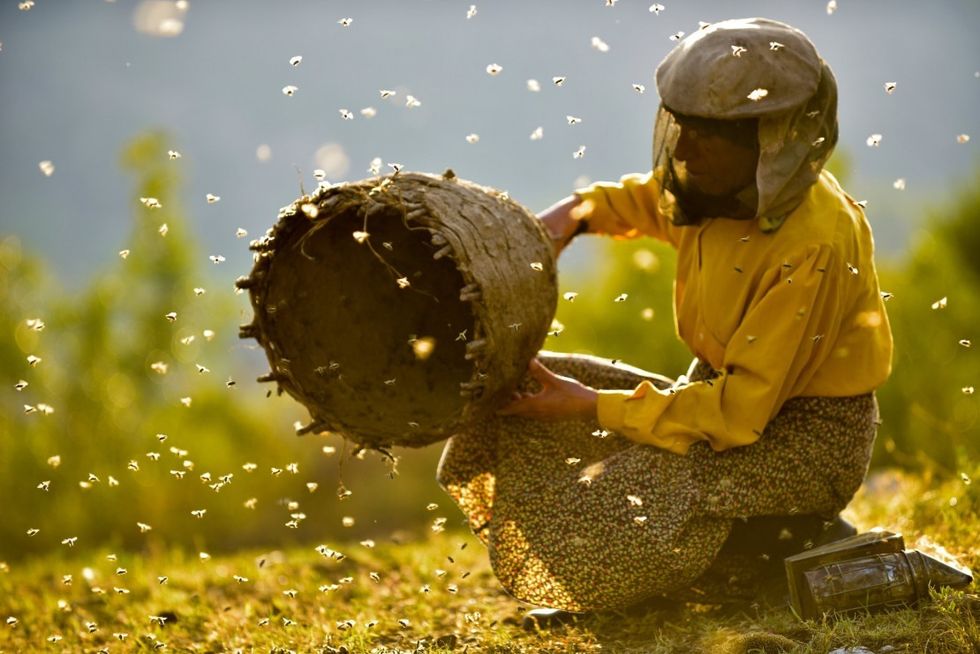
This scene is not from a children's book, but from the beginning of Honeyland, the visually sumptuous cinéma vérité documentary that won the World Cinema Grand Jury Award at last year's Sundance. Shot over the course of three years, co-directors Tamara Kotevska and Ljubomir Stefanov intimately captured Atidze's life in this remote region of the Balkan Peninsula, where she lives in an abandoned village with her bedridden mother and no modern conveniences. (The filmmakers shot like a Dutch painter—by oil lamp and candlelight.)
When a family of itinerant herders barrels its way into Atidze's idyll and sets up shop next door, they produce a cacophony of chaos that seems to have landed from another world entirely. The patriarch is eager for Atidze to teach him her livelihood, and she does so with open arms. The patriarch has seven mouths to feed, and he's in debt to a Bosnian businessman who demands that he produce honey at a faster pace than Atidze's methods will yield. Disregarding Atidze's careful instructions, his attempts to make a quick buck destroy a fragile ecological balance—and threaten Atidze's own livelihood.
Honeyland ends up becoming a microcosm of the tension between sustainability and capitalism. The film quietly observes Atidze's dying way of life, but it doesn't condescend to her situation and has no illusions about it, rendering it a near-perfect anthropological documentary, and a loving portrait of a woman trying to survive in harmony with nature.
3. Monos
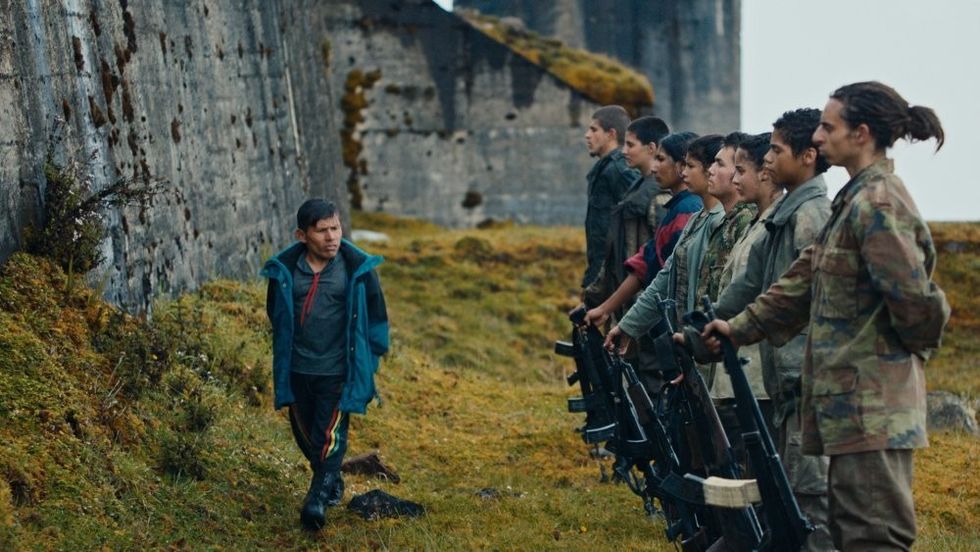
In the first scene of Monos, Alejandro Landes's searing depiction of guerilla conflict in Colombia through the eyes of child soldiers, a rag-tag group of kids performs training exercises with AK-47s. This boot camp is taking place, it seems, at the edge of the world; we're at the peak of a lush, green mountain, the world below obscured by a bed of drifting clouds. The drill sergeant is training these young insurgents to become merciless killers. Although they're beholden to an enigmatic rebel group referred to as "the Organization," the kids are left to their own devices. They run amok, hormones raging, guns a-blazing. No one seems to know—or care much about—what it is they're fighting for.
This is a land out of time, and outside of a moral code. In his decision to unmoor Monos from its sociopolitical context—"the Organization" is a thinly-veiled proxy for the paramilitary group FARC—Landes has created a visceral experience that echoes far beyond the mountains of Colombia and into the canyons of human nature. (Lord of the Flies and Apocalypse Now are clear inspirations.) The filmmaking here is feral and hypnotic. The unnerving soundtrack and cacophonous editing are pitted against variously brutal and beautiful imagery, lensed by Jasper Wolf as if from a fever dream. Monos is an utterly beguiling film, and one that's difficult to shake.
4. For Sama
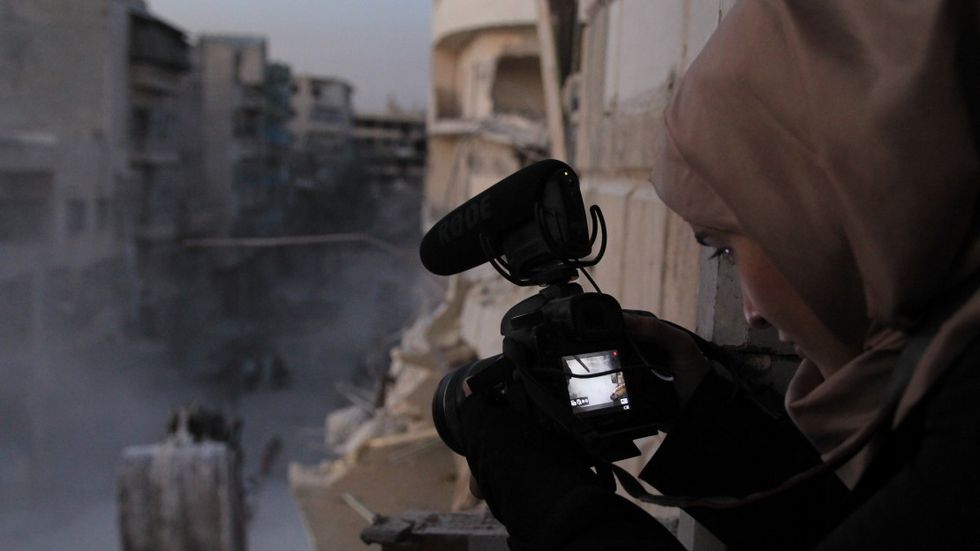
News fatigue has caused the Syrian Civil War to largely fade from headlines, but the suffering is far from over. This year, among the most potent reminders was For Sama, a wrenching documentary that bears cinematic witness to unthinkable circumstances. Every day for five years, Syrian filmmaker Waad al-Kateab took out her camera to document her life in Aleppo as she falls in love, gets married, and has a baby, all while an apocalyptic conflict rages around her. Although al-Kateab originally decided to stay in Aleppo to fight for her country's freedom, her husband, Dr. Hamza al-Khatib, finds his skills as a trauma surgeon increasingly invaluable—he's one of the last doctors remaining in the war-torn city.
Framed as a love letter from al-Kateab to her baby daughter, For Sama is a film of wrenching dichotomies. It is both an intimate and epic journey into the experience of war. Al-Kateab oscillates between hope and despair as she attempts to reconcile her idealistic revolutionary spirit with the harsh pragmatism required for survival during wartime. Her camera is at once an activist's weapon, documenting the atrocities around her through the unflinching lens of someone seeking justice, and a window into the daily resilience of humanity during wartime—vérité of the highest order.
"Every day that I was filming," al-Kateab told me earlier this year in an interview, "I was expecting it to be the last day of my life. I was gathering evidence in case my life ended. Filming was my way to stay alive in that place."
For al-Kateab and her husband, Sama embodies the future of Syria, and an impossible choice: If the family flees the country and saves themselves, they abandon the thousands of suffering citizens who need their help, not to mention everything they've already sacrificed fighting for their country's freedom. But is it worth it? The question hangs on every frame. In one scene, al-Kateab trains the camera on her daughter as the baby babbles to herself. "She’s saying, Mum, why did you give birth to me?" al-Kateab says from behind the camera. "It’s been nothing but war since the day I was born."
5. Diane
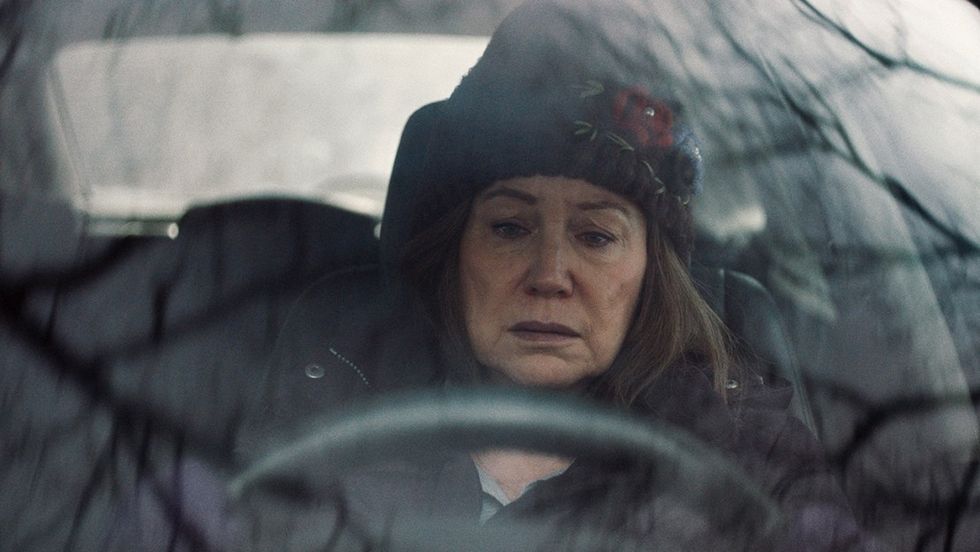
Kent Jones, the longtime director of the New York Film Festival, proved his narrative filmmaking chops with this exquisite character study that puts Mary Kay Place in a long-deserved starring role. Place is the titular Diane, a 70-year-old widow whose unselfish nature has transformed her into a caregiver in her twilight years. She spends her days serving others in her hometown in rural Massachusetts, including a relative who is homeless, another dying in the hospital, and, most heartbreaking of all, her obstinate, heroin-addicted son (Jake Lacy). Kent uses this rotating cast of ailing kin to slowly but surely reveal the puzzle of Diane. Jones's dialogue has a keen ear for the subtle ways in which other people are our mirror; with each encounter, we learn more about this woman who fills her days with people but is unmistakably alone.
Then, people start dying. In the film's second and third acts, time becomes an accordion, contracting and expanding, with only musical interludes and a recurring POV shot of Diane driving down a dark country road to demarcate its passage. Diane's transcendent final scenes call to mind the finale of Six Feet Under in their devastating depiction of the struggle with mortality. This film, made from the stuff of everyday life, touches on the cosmic.
6. Transit
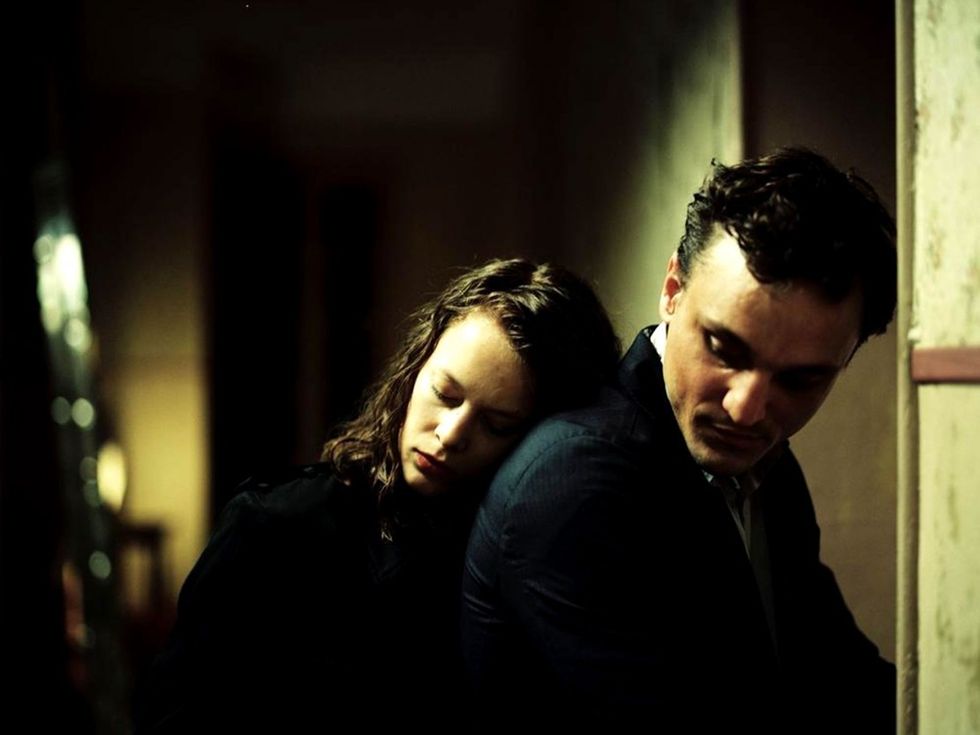
No film in recent memory has blurred past and present to such a haunting effect as Christian Petzold's Transit. Set somewhere in the space-time continuum between Nazi Germany and today, this adaption of a 1944 novel by the German-Jewish writer Anna Seghers follows Georg (Franz Rogowski), a refugee fleeing fascism in Germany. When a fellow refugee—a famous writer whom Georg is escaping with—dies, Georg opportunistically assumes his identity in order to secure a foreign visa. He spends two weeks waiting for his ship's passage in Marseille, living in a kind of purgatory filled with anxiety, difficult decisions, desperation, and a search for meaning amid the imminent threat of death. It's a haunting depiction of statelessness with very real present-day implications. Transit is another vexing drama from Petzold, whose 2012 film Barbara put him on the map as one of European cinema's most transfixing contemporary auteurs.
7. One Child Nation
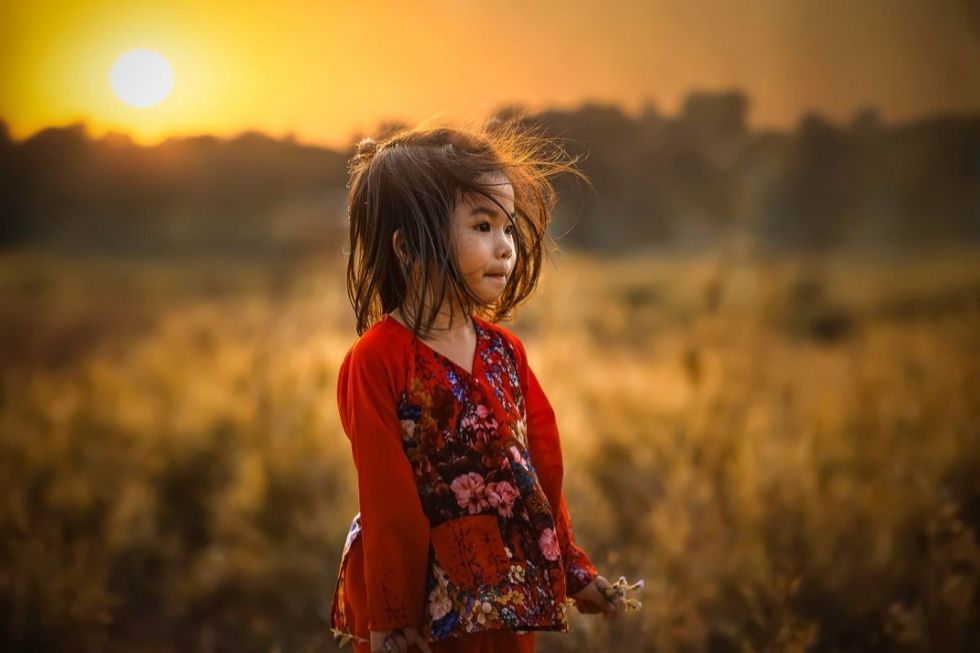
With her 2016 film Hooligan Sparrow, Nanfu Wang emerged as one of the most important Chinese documentarians working today. Her Sundance-winning One Child Nation is yet another urgent reckoning with her native country through a personal lens. Taking on the One Child Policy, the extreme population control measure that was enforced in China from 1980 to 1995, Wang turns the camera on her own family's experience with the devastating social experiment. She travels back to her birthplace, a rural province, to interview relatives, local government officials, and members of the community who were affected by the policy. The stories that come to light are harrowing. Some of the collective trauma of the policy's brutal enforcement: forced sterilizations and late-term abortions, abandoned newborns left to die, draconian punishments for noncompliant families, and kidnapped children and human trafficking. Wang takes an unflinching look at the perpetrators and victims of these state-sanctioned crimes—sometimes, it's difficult to disentangle one from the other. One Child Nation is an essential cinematic record of a humanitarian catastrophe that the Chinese government tried to erase from memory.














